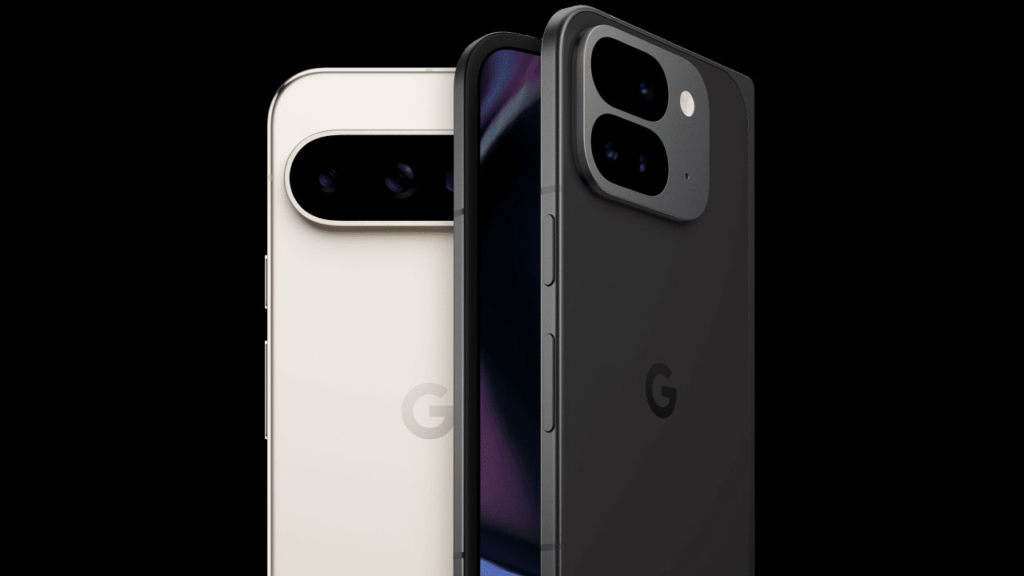Google is working on new features that will greatly improve the camera performance of Pixel models. The leaks revealed that dazzling innovations await us in the future models of this series. Especially for the Pixel 10 and Pixel 11 series, which are expected to be released in 2025 and 2026, expectations have increased considerably. So, what will these new features offer?
New camera features are on the way for the Google Pixel series: Ultra-low light shooting and cinematic shooting coming
One of the features expected with the new devices is Ultra Low Light Video mode. According to leaks, this feature, which will be included in the Pixel 11 series, will be able to shoot quality video even at extremely low light levels such as 5 lux.

Ensuring that image quality remains high in low light conditions is a boon, especially for users who shoot at night, and there are not many brands that can achieve this. The feature will go a step beyond the existing Night Sight video mode and will work entirely locally. In other words, it will offer faster and more efficient performance by processing inside the device without the need for cloud processing.
The Pixel 10 series is also expected to come with innovations in camera. Especially the fact that it can record 4K and 60 FPS HDR video recording is a big development for the Pixel series. This innovation, which will offer the opportunity to shoot smoother and clearer videos by doubling the frame rate offered by the Pixel 9 Pro, can take the Pixel series to an ambitious point in video shooting.
In addition, the Pixel 10, which is stated to have a 100-fold zoom capacity, offers an attractive option for users who want to take clear images from a long distance. There is also another feature that winks at the world of cinema: Cinematic Blur and Cinematic Rendering Engine.
These features, which will be included in the Pixel 11 series, will offer the opportunity to create cinematic depth and atmosphere in videos. For example, with this technology, it will be possible to focus on the prominent object by blurring the background while shooting video.
Moreover, with the technology developed by Google called Video Relight, it will be possible to change the lighting conditions even after the video has been recorded. In other words, it will give creators a great deal of freedom by providing opportunities such as making videos shot in low light brighter or adding different lighting effects.
It is possible to say that Google is trying to appeal to more users in flagship models with these developments and to get ahead of its competitors in camera performance. Let’s see how the Pixel 10 and Pixel 11 series will perform with these ambitious features. What do you think?












